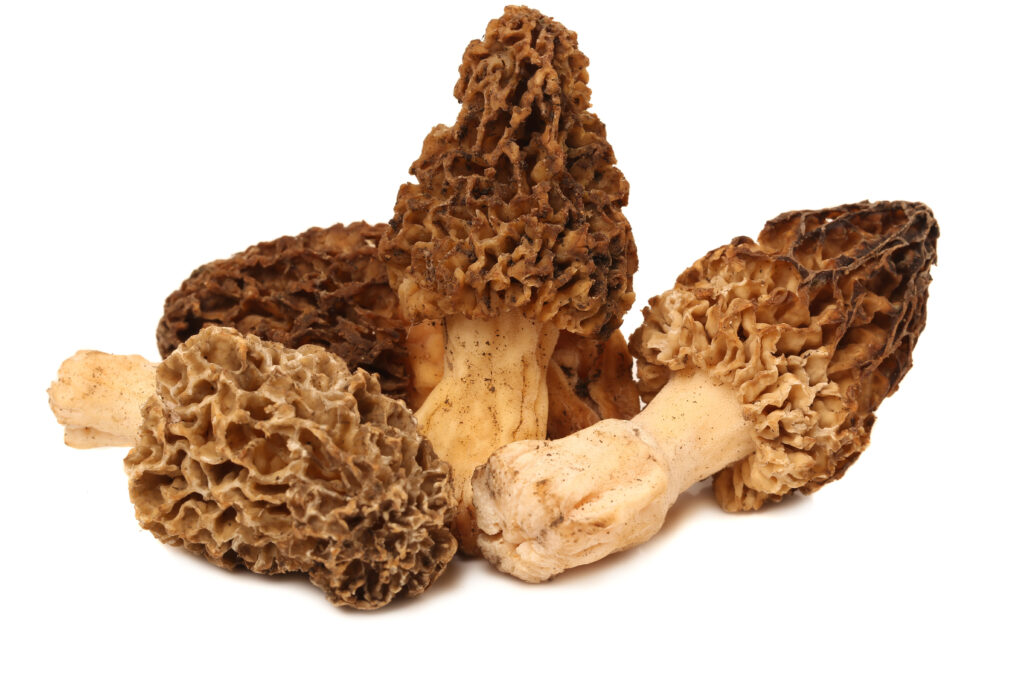If the idea of traipsing through the forest in search of wild mushrooms is less than appealing, consider growing your own fungus indoors. It’s a surprisingly easy (and completely safe) way to enjoy fresh mushrooms without going through the trouble of finding and identifying them.
Growing your own mushrooms requires a few simple ingredients: trays, compost, a heating pad, and mushroom spawn — a blend of spores and nutrients such as sawdust, grain, straw, or wood chips. Oyster, cremini, portobello, shiitake, and white button mushrooms are among the most common DIY varieties. If you’re hoping to grow your own morels, you’re out of luck; these can only be found in the wild.
Mushrooms require dark, cool, humid environments, such as a basement. They do best in temperatures between 55º and 60º F. Follow these steps to start your own mushroom colony:
- Purchase trays. 14×16” trays about six inches deep work best. These resemble seed flats found in gardening stores.
- Fill trays with compost and sprinkle mushroom spawn on top.
- Keep the soil temperature at 70º F for about three weeks, or until you see mycelium, a thread-like fungus growth. This is best accomplished with a heating pad.
- Lower the temperature to 55º to 60º F and cover the spawn with 1” of potting soil.
- Keep the soil moist by spritzing with water and covering with a damp cloth.
- Harvest the mushrooms by cutting across the stem with a sharp knife — but be careful!
That’s it! Your mushrooms should continue to grow indefinitely as long as you keep them moist. You might eventually have to add fresh spawn to keep them going.
Intrigued by the idea, but still not sure you can handle the work? There are plenty of mushroom growing kits available for sale in retail stores and online. These come with all the ingredients you’ll need to get started, as well as step-by-step instructions, and are a great introduction to the art of mushroom growing. There are mushroom growers at local farmers markets that sell them around the Black Hills.
WORDS: MARK PETRUSKA

